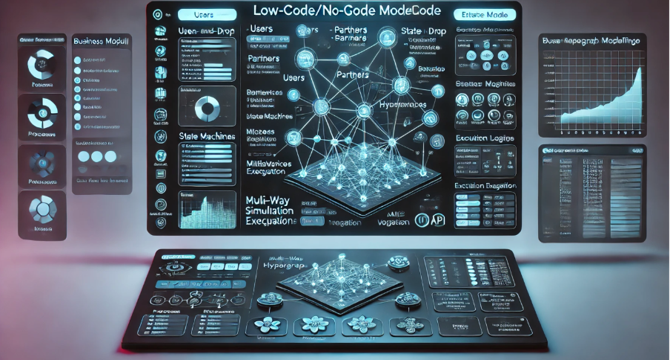Medium
1M
148

Image Credit: Medium
Hypergraph-Powered Software-Defined Business: Revolutionizing Enterprise Modelling and Operations
- Siloed systems in enterprises create inefficiencies and hinder data sharing across disjointed platforms.
- Hypergraphs offer a solution by enabling interconnected relationships with hyperedges, allowing flexibility and adaptability in modern enterprises.
- Hypergraph cores provide a powerful modelling framework to break free from silos and enhance operational capabilities.
- Key features of hypergraphs include multi-dimensional relationships, hierarchical structures, and dynamic adaptability.
- Hypergraph cores support attribute-rich nodes, dynamic weighting, temporal dimensions, and semantic integration for complex modelling.
- They excel in applications like business process modelling, supply chain management, customer journey orchestration, and advanced AI capabilities.
- Challenges of hypergraph adoption include specialized knowledge requirements, complex mapping, evolving tool ecosystem, and integration difficulties.
- Solutions involve low-code platforms, automated tools, open standards, and community support to facilitate adoption and implementation.
- Hypergraphs enhance businesses' operations by simulating scenarios, providing actionable insights, and enabling advanced optimization techniques.
- Their integration with technologies like IoT, edge computing, quantum computing, and AI opens new possibilities for innovation across industries.
- Understanding hypergraph cores' challenges and limitations is crucial for successful adoption, prompting a proactive approach to mitigate risks.
Read Full Article
8 Likes
For uninterrupted reading, download the app